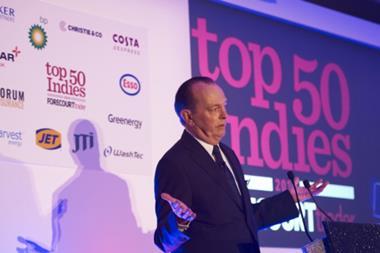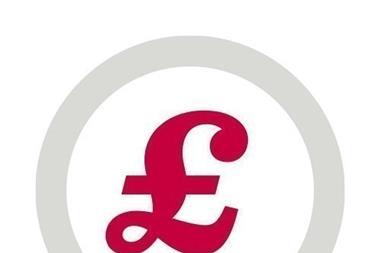Oil prices continue their gentle recovery with benchmark Ice Brent futures trading in a $40-42/bl range for most of June, after closing out May at just over $35/bl.
The move higher was reflected at the pump, where prices for diesel and petrol rose for the first time since January.
The OPEC+ group of oil producers, led by Russia and Saudi Arabia, have agreed to remove 9.7mn b/d of crude from the market in June, 9.6 mn b/d in July and 7.7mn b/d over the rest of this year.
This is proving successful in rebalancing the market and creating a bulwark against another sharp decline in prices.
Current low prices have also made a huge dent in US oil production.
Shale oil producers cut spending by 40% on average and delayed new well start-ups when US benchmark WTI dropped below
the $45-50/bl breakeven range for new capacity. Rebuilding lost shale oil capacity will take a long time.
Output from new wells falls very fast, dropping by 80% within two years in the Permian basin compared with nearly nine years for a deepwater field in the Gulf of Mexico, US bank Goldman Sachs says.
Higher demand in Europe and Asia, particularly China, has helped mop up most of the North Sea crude oil held in floating storage that was weighing on the market.
It currently makes little sense to store product as prices for prompt delivery are higher than forward markets for the first time since March, when the effects of Coronavirus on demand started to bite.
International gasoline prices outperformed crude oil but are still being undermined by anaemic domestic demand.
US gasoline demand consumption was being undermined by the rapid spread of the coronavirus in Florida, Texas and California, which could yet smother a nascent recovery in consumer activity and fuel demand.
According to Apple mobility data, driving trips in Europe are back above pre-pandemic levels, but still well below this time last year across Europe.
UK consumption is still 12% lower than it was in January, but at some 70% of levels seen a year ag

































No comments yet